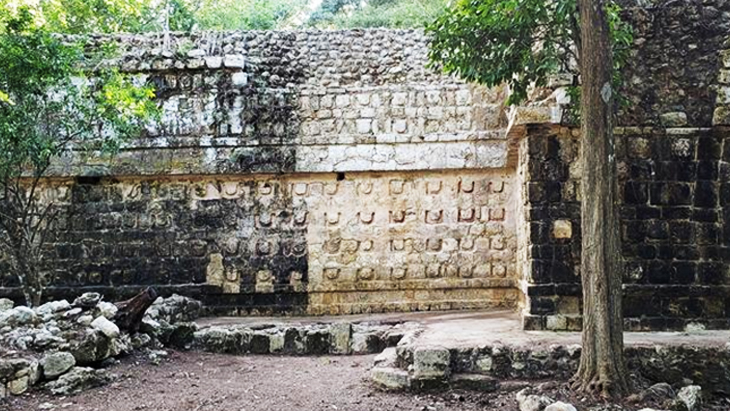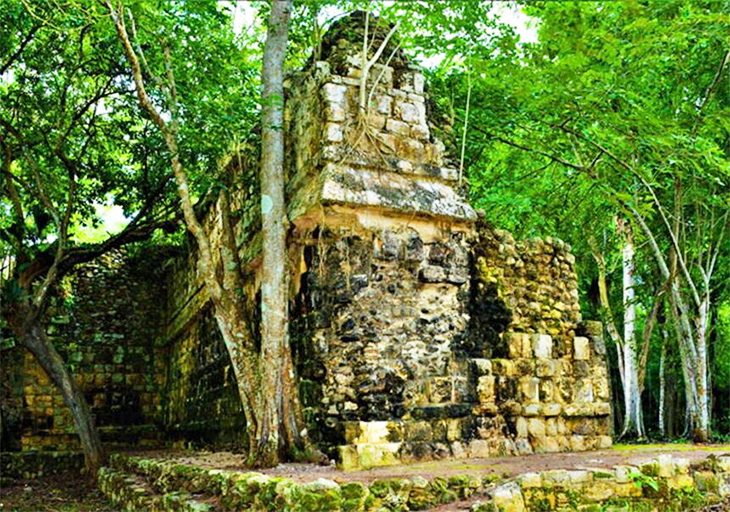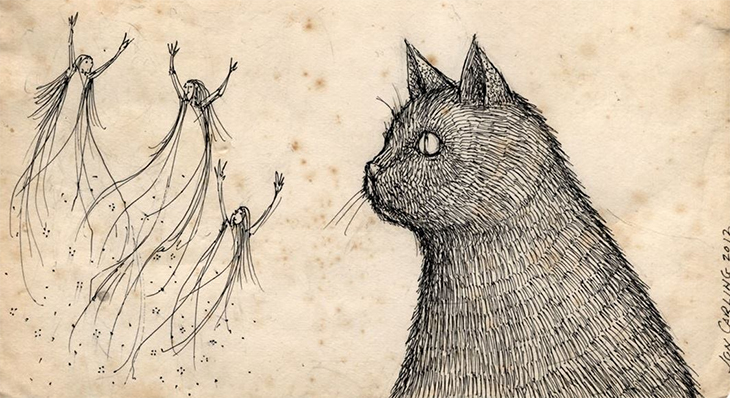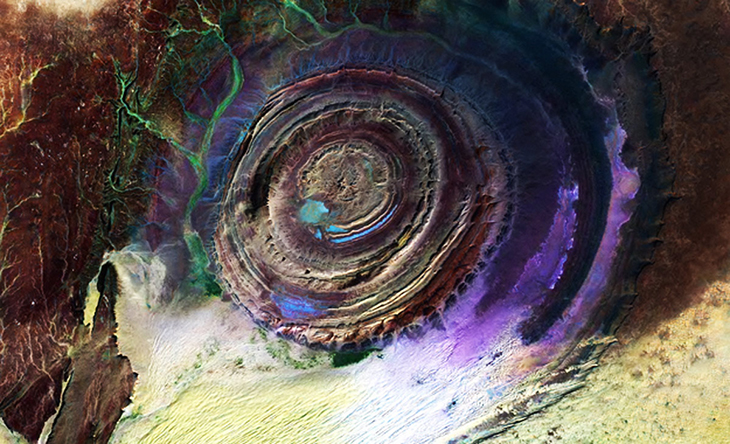
The Mayan civilization has been one of the most intriguing mysteries in ancient history. Their descendants still live across Central America, particularly in the Yucatan peninsula. There are many abandoned ruins left from the sophisticated civilization, some still being discovered up to now. Researchers recently found one of the most stunning examples of their remarkable architecture and craftsmanship – remnants of a Mayan palace more than a thousand years old, in an ancient city west of Cancun.
The find was announced by Mexico’s National Institute of Anthropology and History last December 24. Found in Kuluba, was part of a vast complex containing an altar, a large round oven, 2 rooms, and human remains from a burial site. The building stands about 19 feet tall, is about 49 feet wide, and is 180 feet long. Lead archeologist Alfredo Barrera Rubio believes the palace was used during two eras of the Mayan civilization – between 600 to 1050 A.D., but there is still more to uncover. “We know very little about the architectural characteristics of this region, the north-east of the Yucatan,” he said. “So one of our main objectives, as well as the protection and restoration of cultural heritage, is the study of the architecture of Kuluba. This is just the start of the work.”

Experts are anticipating that forensics analysis of the human remains will yield data that could contextualize pathologies, dietary habits, sex, and age of Kuluba’s Mayan inhabitants. More research is definitely needed, but for now, the researchers are content that the palace was used by priests and government officials during the two ancient periods. What is interesting, is that the building was made to resemble a giant snake. The finishes of the temple would have given the impression of snake scales.

Originally the site was discovered in 1939 by American archeologist Wyllys Andrews IV, but the dense forest shrouded the 234 hectare site after its initial discovery. Rubio and his team are hoping to finalize financial support by the Yucatan State Government. This would include excavations, conservation work, and mapping of the entire area. Now that the site has been uncovered completely, remarkable progress has been made in the interiors, uncovering staircases, corridors with columns, and other hidden finds. Conservation workers are using the surrounding environment to protect the structure. Conservation worker Natalia Hernandez Tangarife said, “One option that this site gives us is to use the vegetation to help conservation; reforesting specific parts with trees to protect the structures, especially painted sections of the site, from direct light and wind.”
Hopefully, more of the mysterious but amazing civilization will be brought to light with newer discoveries.




